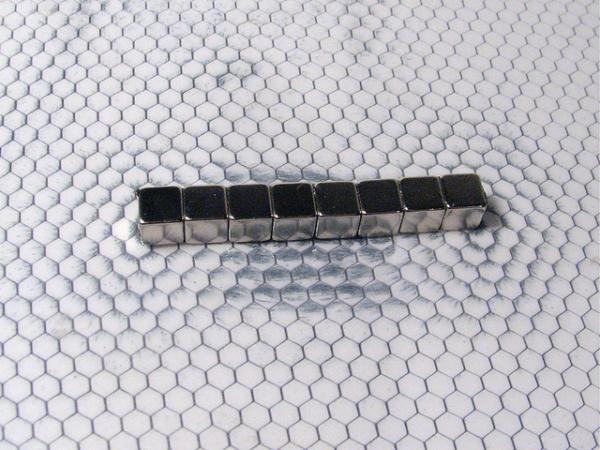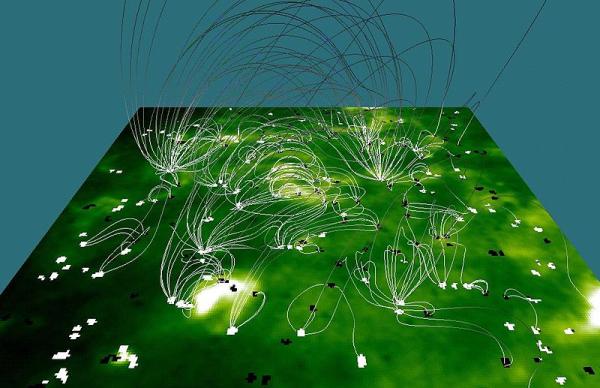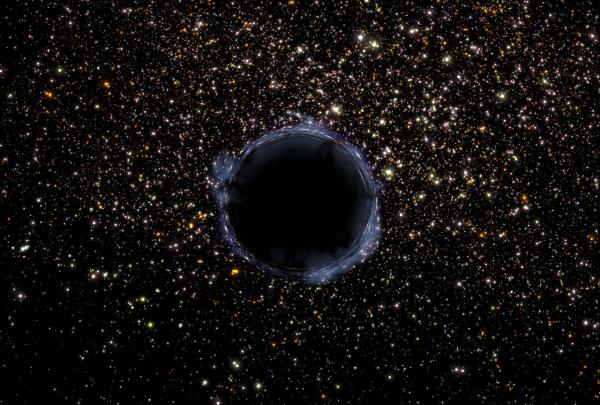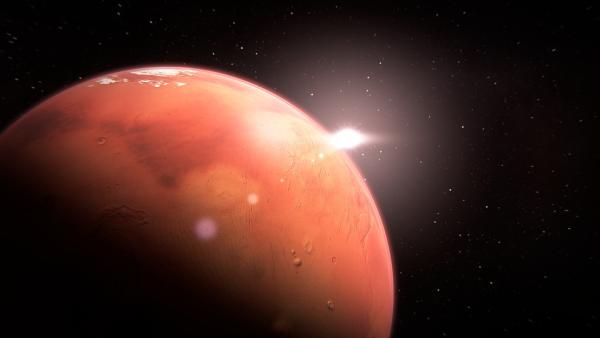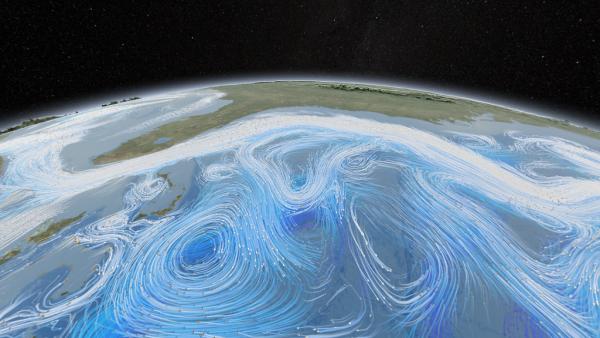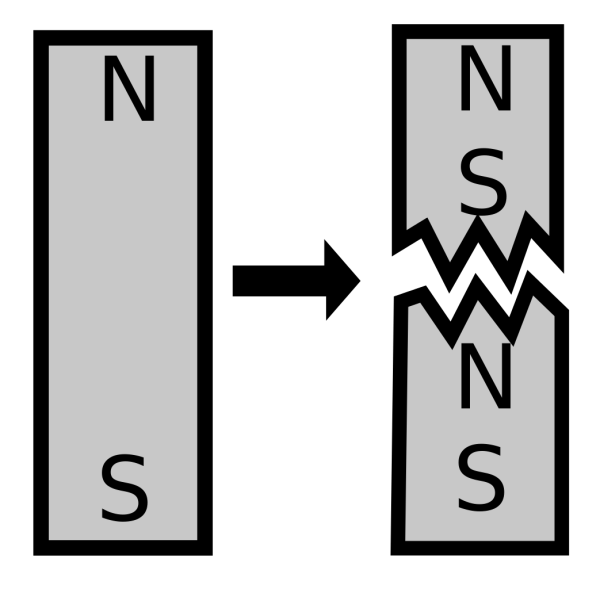Magnet Facts
-
The Great Magnetic Timeline
The end of the year is always a time for nostalgia—looking back on the past 365 days and taking stock of everything that’s happened. At Apex, we’re no different. Continue reading → -
Top 10 Magnet Posts of 2016
Magnet lovers sure are a curious bunch! How do we know? We took a look at our most popular blog posts in 2016 and discovered that many of them answer big important questions about magnets and magnetism. This top ten covers magnetic DIY projects, experiments, facts about magnets, and more! Continue reading → -
The One with the Magna Doodle
The Magna Doodle, a magnetic drawing toy, was invented in 1974 and consists of a drawing board, magnetic pen and magnetic shapes. Although the Magna Doodle was a popular toy when it first hit the shelves of local toy stores in the 70’s, its popularity really spiked in the 90’s due to its recurring role in the TV series, Friends. Continue reading → -
The Magnetic North Pole
As the holidays approach, the North Pole gets a lot more attention. This might have something to do with the bearded guy in the red suit allegedly living up there and making toys. Santa Claus aside, there are many fascinating facts about the North Pole you may not know. And guess what—many of them involve magnetism! Here’s a look at just a few of the ways magnets and magnetism feature in the great white north. Continue reading → -
The Phenomenon of Magnetic Reconnection
Our sun’s surface is a volatile place, to say the least. A mass of incandescent gas, a gigantic, nuclear furnace that churns out some of the hottest plasmic substances in the galaxy. All of this superheated matter gives off energy as well as creates super powerful magnetic fields. During a solar flare, the sun heats elements like hydrogen to its plasma state, causing its magnetism to go into overdrive, which leads to magnetic reconnection. Continue reading → -
Magnetosonic Waves: The Voice of the Universe
They say in space, no one can hear you scream, or sing, or even talk. That’s because outer space is a vacuum. In order for sound to travel, it needs to pass through something. In Earth’s case, sounds travels through air molecules. However, deep space lacks anything through which sound can travel, thus there is no sound whatsoever. Continue reading → -
Why Do Black Holes Inhabit the Center of Galaxies?
Since Albert Einstein’s proposed the existence of black holes in 1916, many details of these massive forces of nature have remained a mystery. Since the first discovery of a black hole in 1971, scientists have dedicated entire careers to the study of these regions of spacetime. But because they exhibit such strong gravitational force, no particles can escape their pull, making them nearly impossible to observe. Continue reading → -
The Magnetic Surface of Mars
Mars has been a popular source of intrigue over the past ten years. Thoughts of colonizing, or at the very least visiting, the red planet have been all over the news. However, one major hurdle to overcome is the martian magnetic field. Unlike other planets such as Earth, Mars does not have single-source magnetic field, but rather, it pulls from many smaller sources to generate a much weaker atmosphere. Continue reading → -
Earth's Magnetic Oceans
You might hear a lot about the ocean’s magnetism, in a metaphorical sense that is. But, while people love flocking to the beach or setting sail, other forces are at work. It turns out the ocean’s magnetism might be much more literal than we think! Researchers now believe that Earth’s ocean may actually play a significant role in the planet’s magnetic field. Continue reading → -
Subatomic Particles that Make Magnets...Magnetic
In the 1930s, Nobel Laureate Paul Dirac hypothesized that particles existed that only had a positive or negative charge. According to his theory, these particles would explain how magnets work. The particles that theoretically would carry a positive or negative charge are called magnetic monopoles. Currently, magnets are considered to be made of particles that hold two charges at once. For example, if you cut a standard bar magnet in half, you’d wind up with two magnets that each have a north and a south pole - not smaller pieces that each have a single pole. However, if magnetic monopoles are discovered, it would disrupt the very bedrock of physics: the Standard Model. Continue reading →



